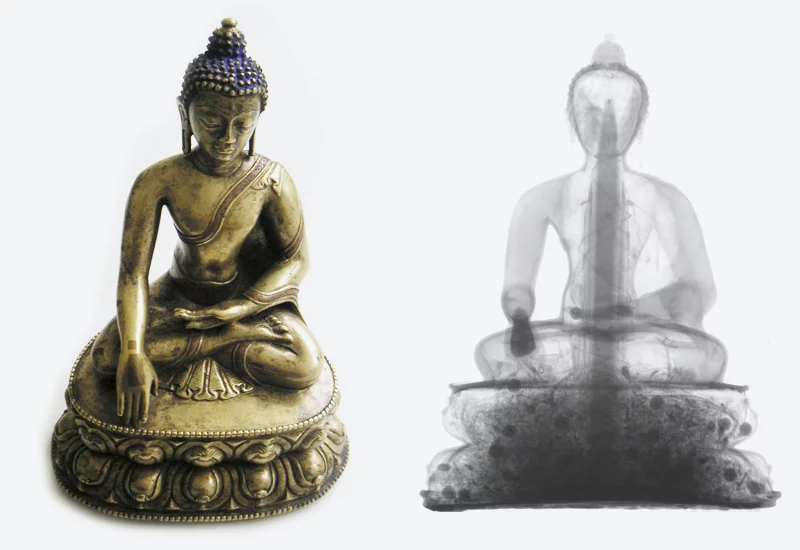At the Paul Scherrer Institute, physicists, chemists, biologists and material scientists use neutrons to acquire important information about the internal structure of different materials.
Neutrons as tools for research
Information about an extremely broad range of materials can be obtained be means of neutron experiments, where the same data could not be obtained by any other means. For example, neutrons can be used to determine how atoms are arranged in a material and how they move within it. Neutrons demonstrate the magnetic properties of materials and are also sensitive to light elements, which are difficult to detect with X-rays.
What are neutrons?
Neutrons exist everywhere in nature. Together with protons they form the nucleus of most atoms (only a hydrogen nucleus contains no neutrons) and are therefore part of all the matter that surrounds us. For research purposes, however, neutrons are released from their role as a component part of matter, and are used as probes with which researchers can look inside a very wide variety of materials. At the Paul Scherrer Institute, neutrons are generated at the SINQ neutron spallation source for use as probes for experiments. Here, they are knocked out of lead atoms by a high-energy proton beam (the spallation process) and then guided to the various measuring stations and experiments.
How does a neutron experiment work?
In a typical neutron experiment, a neutron beam passes through the object under investigation. The experimenters then observe how the characteristics of the beam have been changed by its interaction with the sample. By doing this, they can obtain information about the internal structure or composition of the sample.
Topics investigated with neutrons
Magnetism and superconductivity are two main areas of neutron research at the Paul Scherrer Institute. Here, for example, neutrons help us determine the magnetic properties of different materials, and can therefore help lay the foundation for the development of new electronic components and storage media.
High-temperature superconductors are substances with a complicated structure that conduct electricity without any resistance. Many neutron experiments at PSI aim to help explain this hitherto unresolved property. The unique characteristics of neutrons as produced at SINQ, for example, are also used by a large number of other groups, from all around the world, in many other research areas, from materials research through biology to archaeology.
Additional Information
- Spallation Source SINQ
Producing neutrons at PSI - Experiments using Neutrons
Two typical neutron experiments - Properties of Neutrons
Why use neutrons for research? - Research using muons and synchrotron light
Experiments with these probes often complement investigations with neutrons.


